Over a lifetime, an author's signature may change, or evolve. But a book signing is still an intimate experience between the writer and an appreciative reader.
- Story and photos by Scott Naugle (unless noted)
For many, an author’s signature on a book is both a momentarily intimate personalization as well as an opportunity to briefly connect with a favorite writer. A signature signifies that for at least a moment the writer held your copy in his or her hands, underscoring and reaffirming, perhaps, the connection and impact that the work itself left with the reader.
With an effective work of fiction or nonfiction, a bond forms between the reader and writer during the many quiet hours of reading. Often, a reader, if the prose is elegant and insightful, will connect emotionally, enhancing the perception of a personal connection with the author. A signature is a physical manifestation of this intellectual bond. A successful author may sign thousands of books over the span of a career, sometimes hundreds within the span of an hour or two at a well-attended book-signing event. Would a writer, and who would blame him or her, grow weary of the repetitiveness of signing, eventually cutting corners with less precision, not crossing the “t” nor closing the loop of the “o”? I looked first to Eudora Welty to analyze two of her signatures, one done early in her career and the second at the very end. Eudora Welty was born in 1909 and lived most of her life quietly in Jackson. In 1941, her first work of fiction, "A Curtain of Green," was published. Welty won the Pulitzer Prize for "The Optimist’s Daughter" in 1973. She died in her Jackson home near Belhaven College in 2001. In August of 1949, Eudora Welty signed a copy of her recently published short story collection, "The Golden Apples." Her signature is small, taking up very little space on the free front endpaper of the book. It is 4 inches long and 1.5 inches high. The letters are rounded, not sharp, and the full signature is somewhat illegible. Advancing to 1991, Welty signed a copy of "Photographs," a 1989 collection of her black and white photos from the 1930’s taken during her employment by the federally funded Works Progress Administration. Undoubtedly, she had signed thousands of her books from the time of "The Golden Apples." The signature again measures 4 by 1.5 inches. The letters remain loosely connected, flowing as if part of an undulating wave. She crosses the “t” in Welty differently than before. From "To Kill A Mockingbird," Harper Lee’s 1960 tale of race and class in the mid-twentieth century Deep South, the author’s signature is straight, neat, and underscored with a dash. Each letter is clear, nearly perfect in execution. Just prior to her death in 2016, HarperCollins published Lee’s second novel, "Go Set A Watchman." She signed very few copies of either of her books. Lee’s signature in Watchman is exceedingly scarce. Health took its toll on her autograph, not repetitiveness, since she rarely signed her books or appeared in public. By 2015 when Watchman was published, she had suffered a stroke and resided in an assisted living facility in Monroeville, Alabama. It is painful to look at Lee’s later signature when compared against an earlier version forty years prior. It is a scrawl, jagged and uneven. Slow and deliberate, determined, I assume, to push through and finish, it is an act of will on Lee’s part to sign her name. Still, it is lovely, when one thinks of all she has survived. “I’m still here, damnit,” it announces. I detect little difference in best-selling author Walter Isaacson’s 2003 signature between "Benjamin Franklin: An American Life" and his 2017 "Leonardo Da Vinci." He is a studious, accurate, and gentlemanly scholar and it is reflected in his graceful and elegant signature. But, back to Jesmyn’s original question: had her signature changed over the years? I believe it has. In 2008, "Where the Line Bleeds" was published by Agate Publishing in a trade paperback format. The initial print run was small and Jesmyn, a first-time author, was relatively unknown. Her signature is rolling, free, fresh, unbounded, gushing across the page. After dozens of national and international honors, including two National Book Awards, seemingly endless book tours, and several thousand autographs, Jesmyn’s signature on her 2017 novel, "Sing, Unburied, Sing" is somewhat shorter in length. It is a bit more bold, sure-footed, proud, resting on the page, I feel, as a literary placeholder in American Letters. It is in motion as if it wants to run off the page into the liminal space where Jesmyn sources her creativity. I’ve watched hundreds of authors sign their work. My sense is that each is proud that a reader cared enough to ask for a personalization of his or her novel or non-fiction work. The author is in the moment with the reader taking pride in signing. Art, including literature, is about connecting us through an imaginative work. A signature brings it into the tangible moment, fleetingly, yet ironically, eternally. Comments are closed.
|
Categories
All
Archives
July 2024
|
Shoofly Magazine Partners
Our Shoofly Partners are local businesses and organizations who share our mission to enrich community life in Bay St. Louis, Waveland, Diamondhead and Pass Christian. These are limited in number to maximize visibility. Email us now to become a Shoofly Partner!

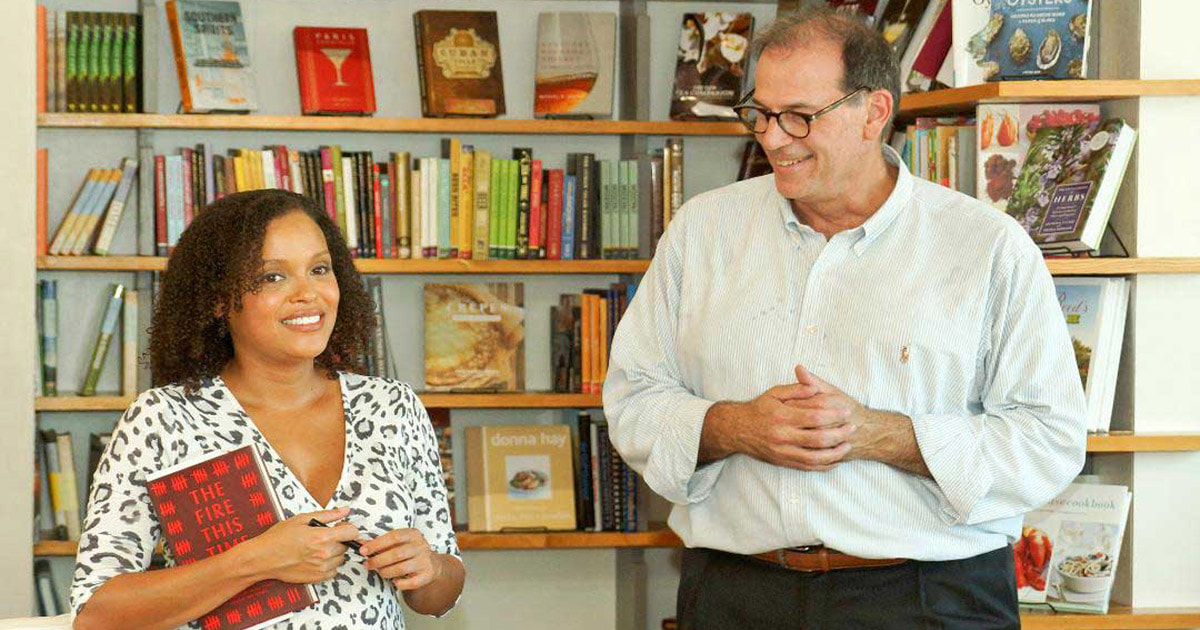
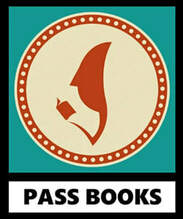
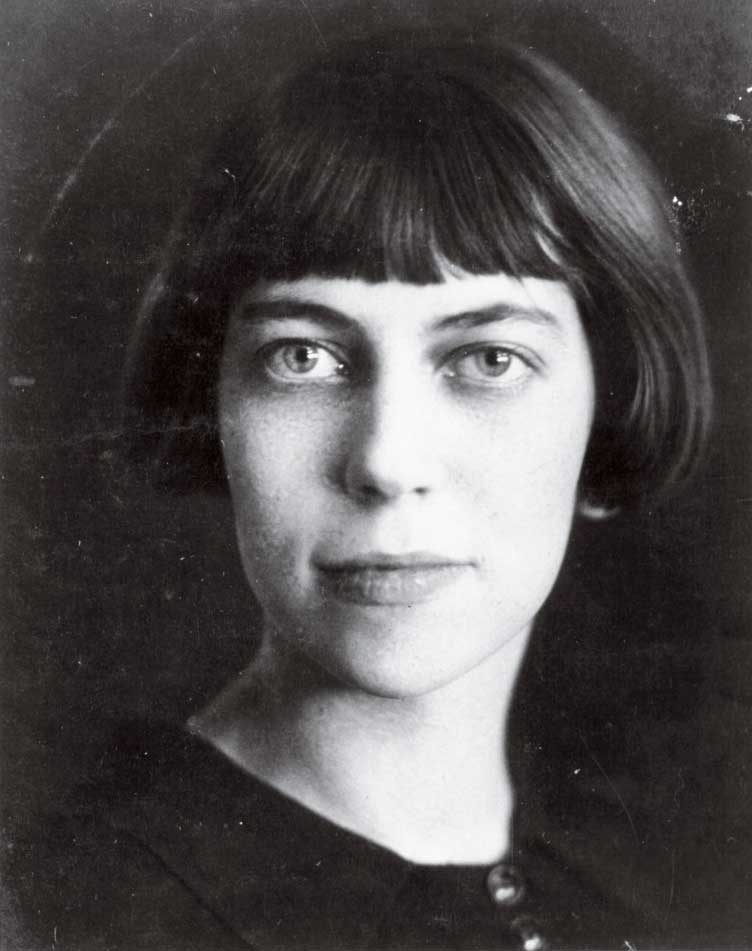
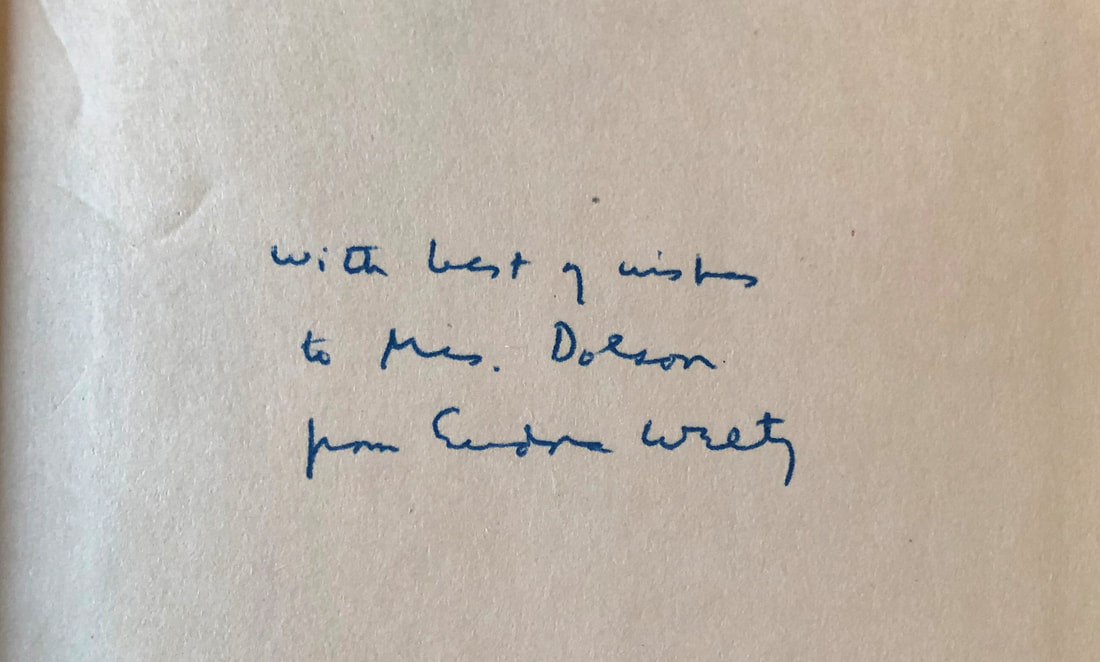
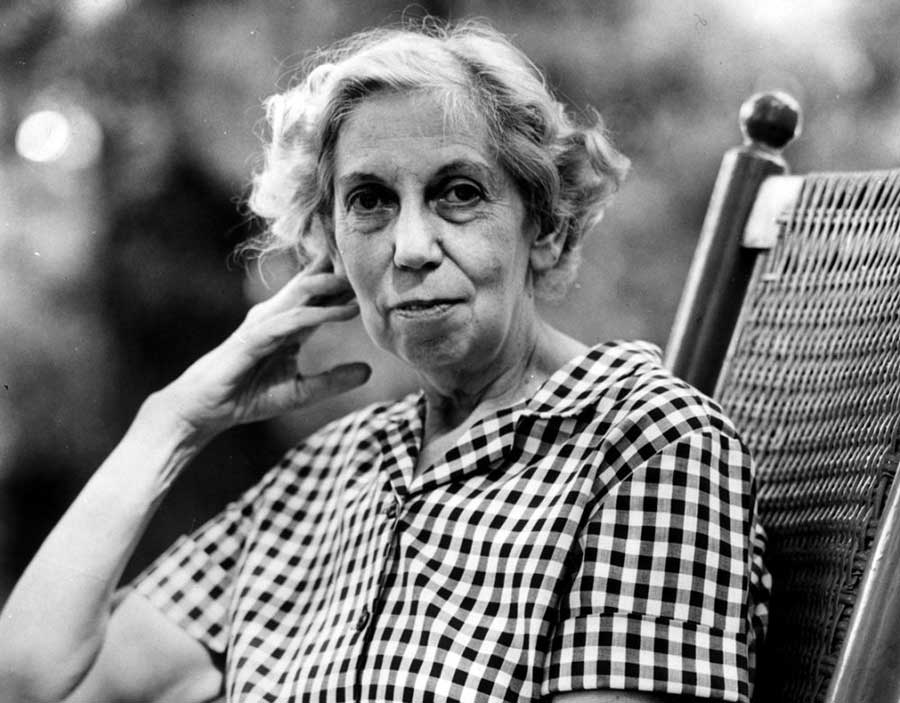
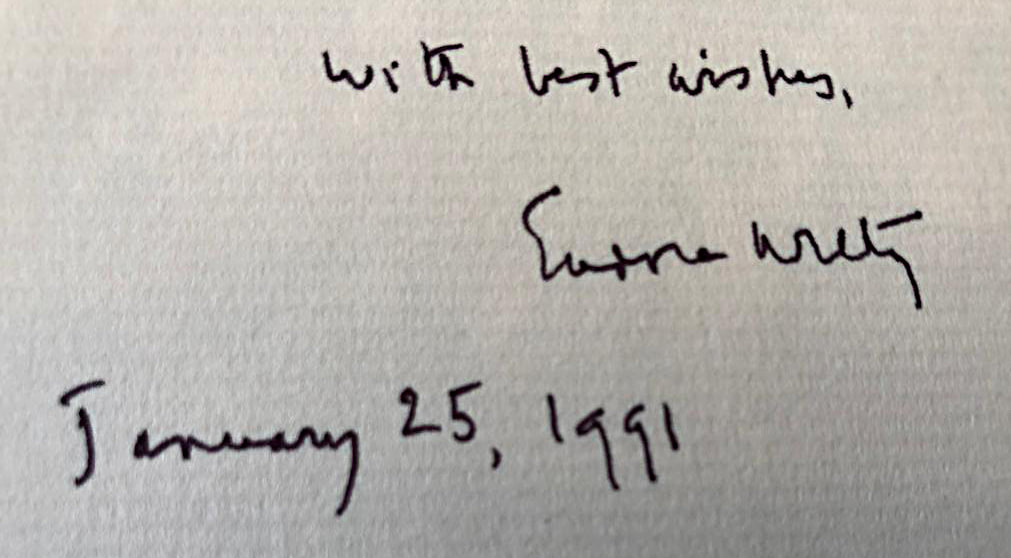
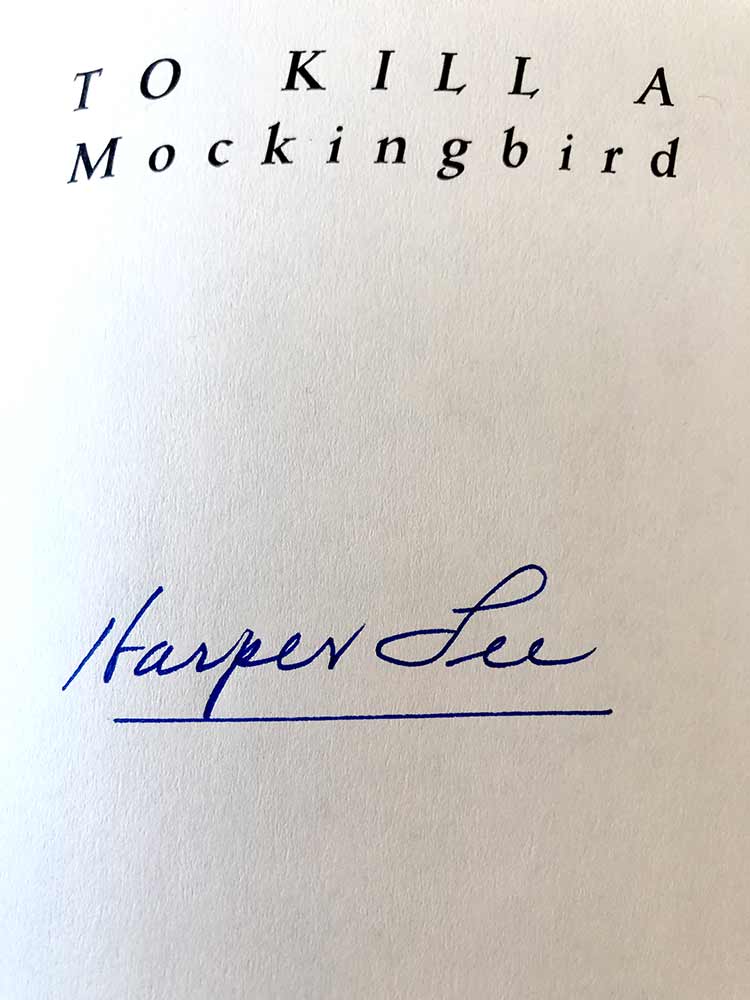
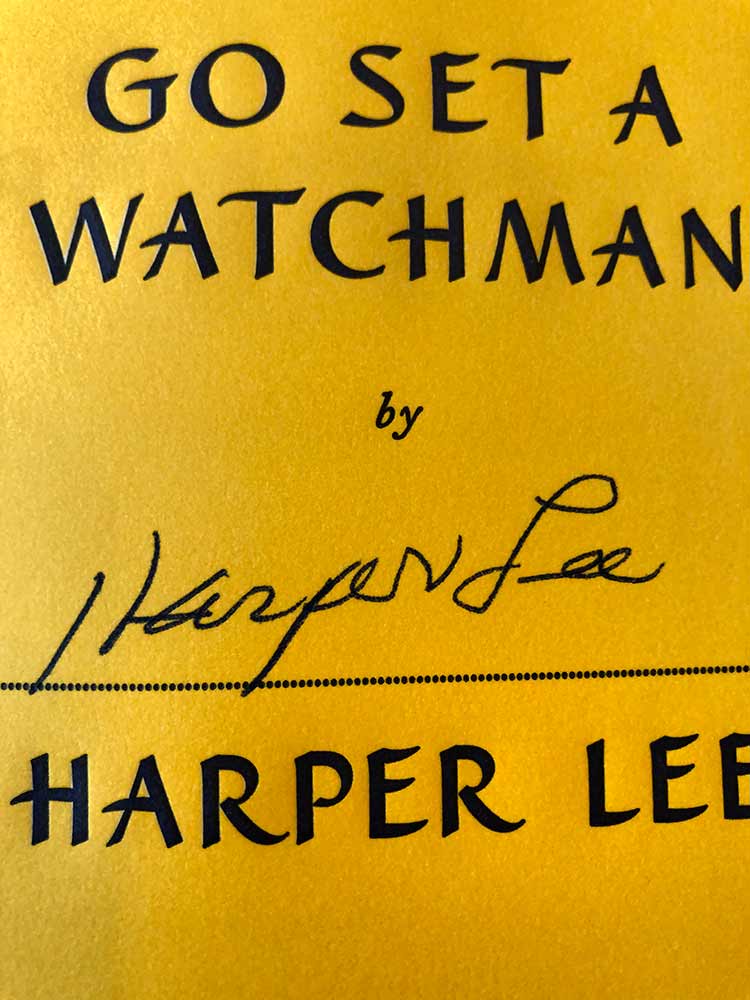
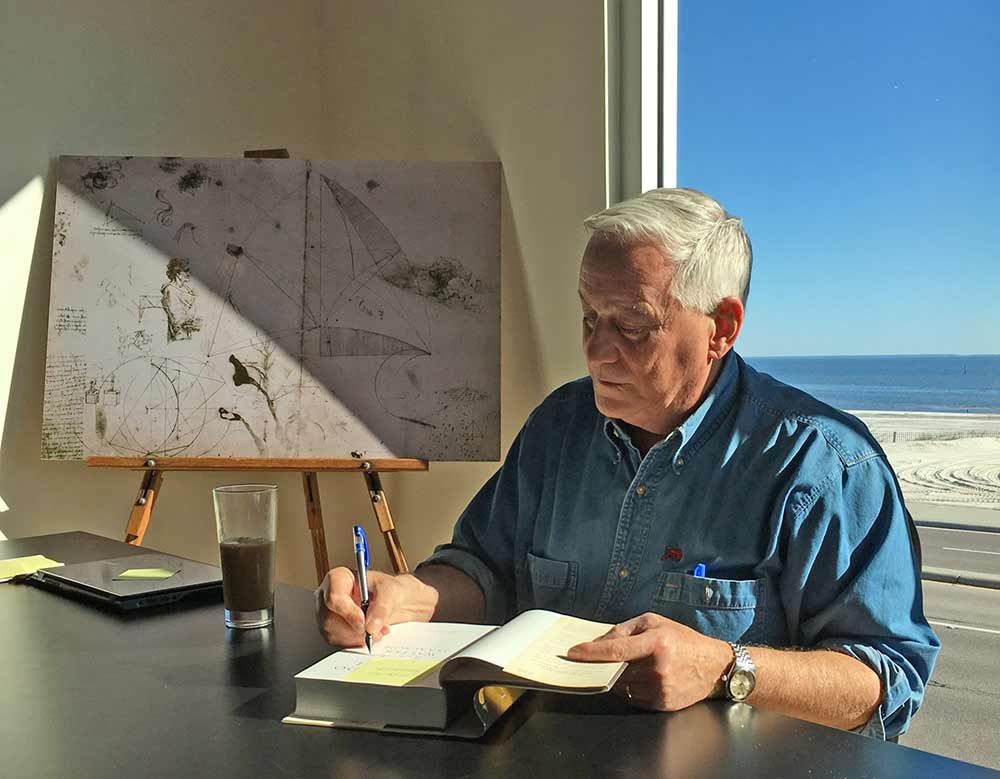
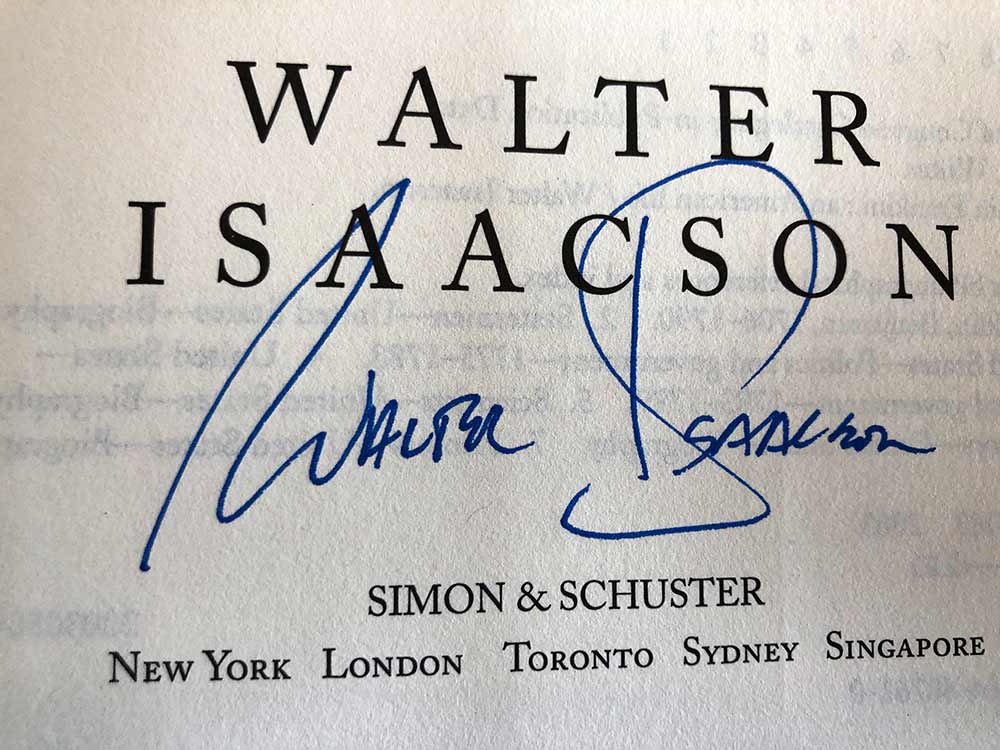
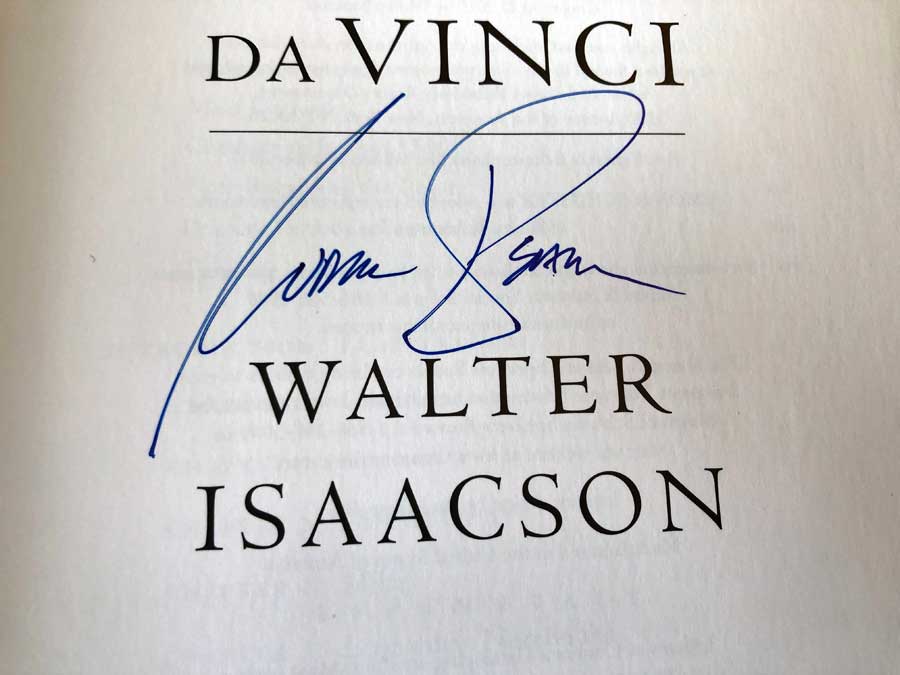
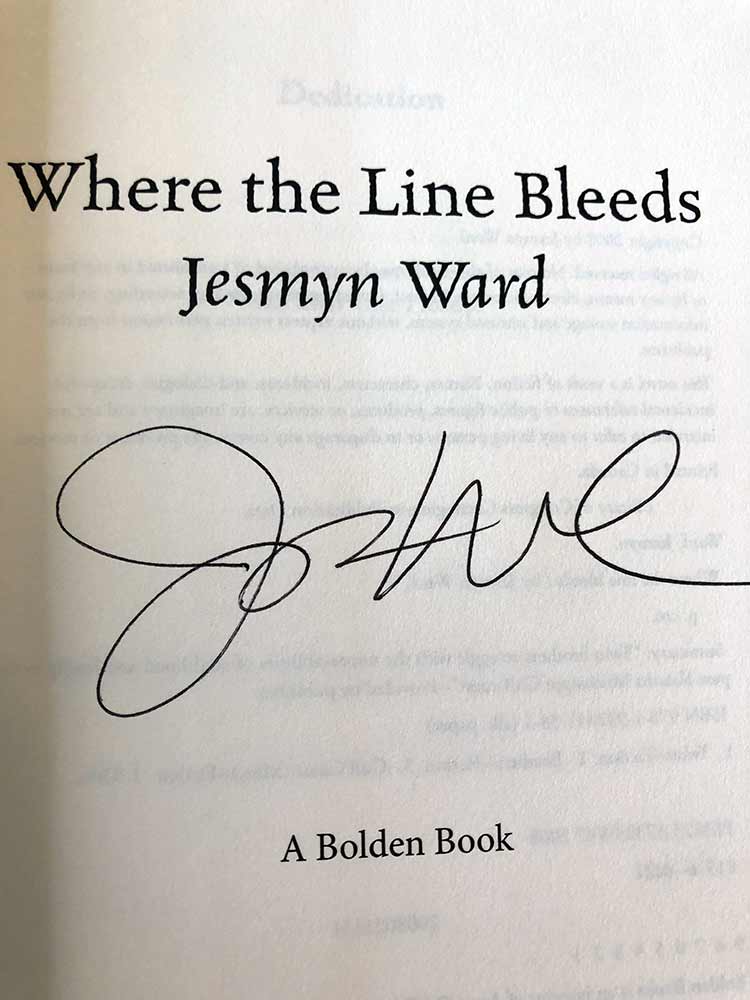
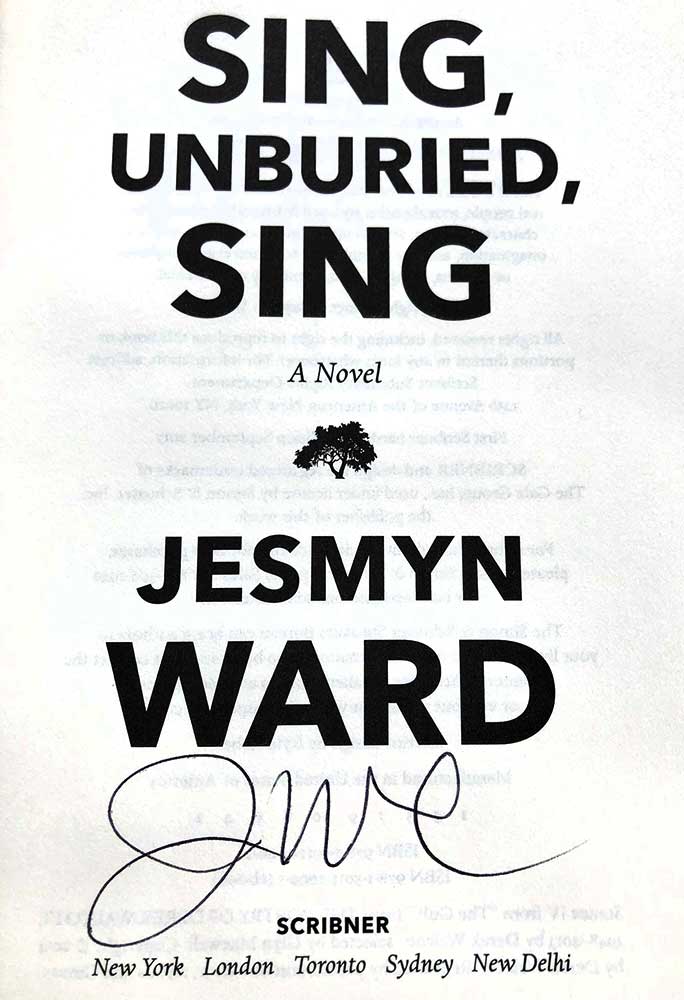

























 RSS Feed
RSS Feed























